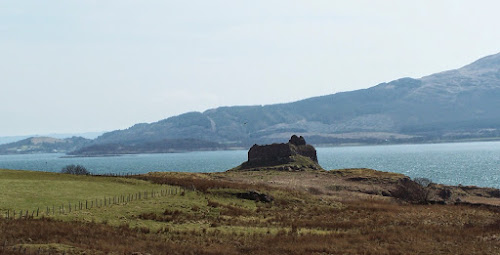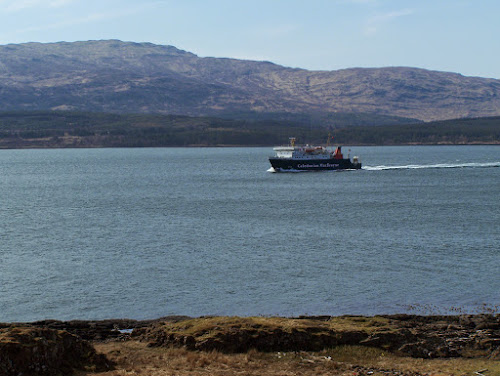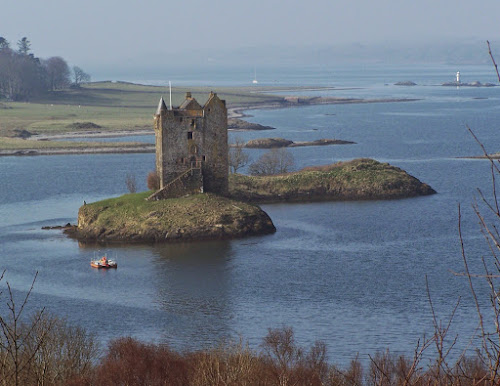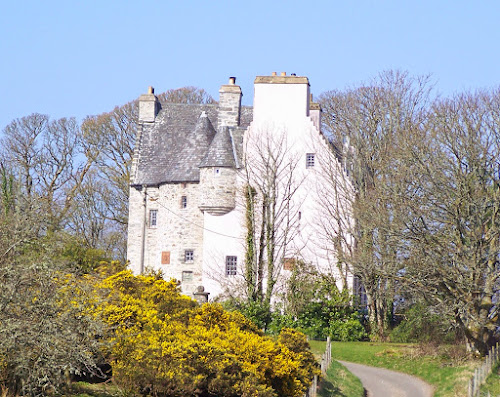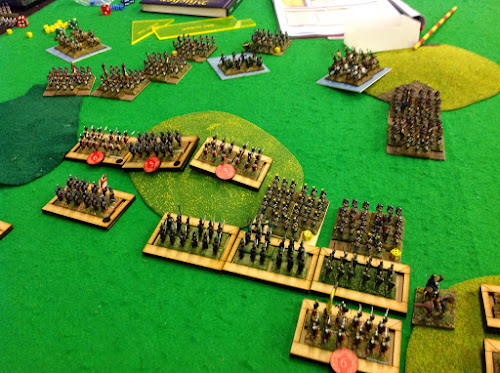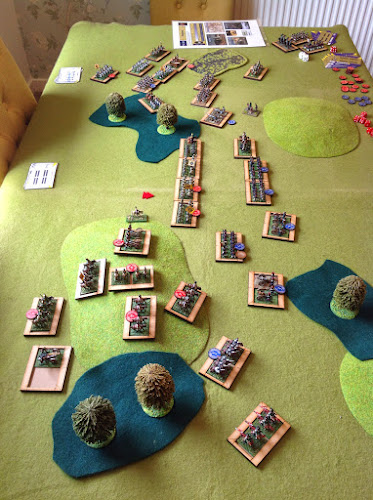The alarm going off at 4:30am on a Saturday morning in April, can only mean one thing, the UK's biggest war game show - Salute.
After car, plane and train from Glasgow my first experience of Salute is the queue. And this is for pre-paid tickets!
In fairness, it took about 25 minutes to get us all in. Not bad given the numbers.
As I was flying back, it was more looking than buying. Also my afternoon was spent at Craven Cottage and it's a bit tricky lugging lots of wargame scenery into a football ground!
The strength of Salute is the trade presence. Just about everyone is there, including firms you just don't see on the show circuit. An impressive array of fantasy figures demonstrates more imagination than I would have thought possible. While MDF buildings are still popular, there was a continuous queue at the 4Ground stall, there wasn't the pervasive smell I noticed last year.
As for games, well there were a lot. Here's a few that caught my eye, or my iPad.
Mega Waterloo
Very nice Japanese village from terrain company Oshiro
Shooting down a pretty big Zeppelin
Two photies of The Fort, based on Bernard Cornwell's book. Probably the most impressive game of the show.
And finally, the theme for this year's show - Agincourt.






















